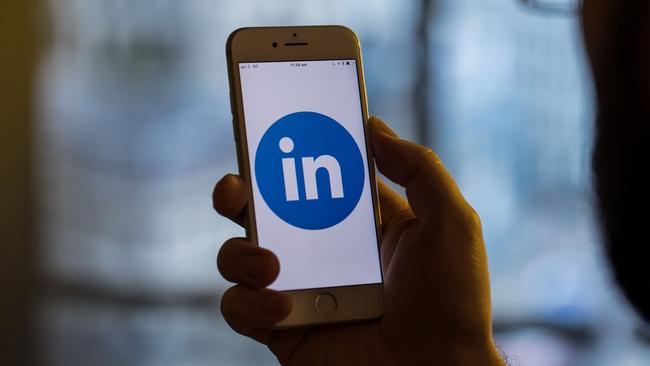Social networking: How to make the most of LinkedIn
A guide to surviving and thriving on the business world’s favourite social network.

Social media and career development typically don’t mix. Doom-scrolling Elon Musk’s tweets or getting sucked into the latest TikTok craze do not exactly enhance your work prospects. Unless, that is, the social network in question is LinkedIn.
Founded in 2003 in Silicon Valley as a platform for professional networking, and purchased in 2016 by Microsoft for $26bn ($38bn), it has become a fixture of corporate cyberspace, with more than 800 million registered users worldwide. Its 171 million American members outnumber the country’s labour force.
High-school students are creating profiles to include with their college applications. The chances are you probably have one, too. How do you make the most of it?
For those who have yet to link up with LinkedIn, the first, critical, step is fashioning your profile. First, choose a slick photo: think visionary resolve meets empathetic authenticity. Next, list your educational and professional history. Remember, nothing is too trivial. Went to a selective kindergarten? Say so, it illustrates that you were a winner from a tender age. As you draw up your list, make sure that it reads in the most deadpan way possible: no adjectives, no personal touch. The mechanical and the matter-of-fact is at a premium.
Armed with your profile, you can begin creating your network. You need to have 500 or more connections in your profile to be taken seriously. To achieve this, you need to step out of your comfort zone and accost complete strangers. Do not treat it as you would inviting classmates you do not know to your birthday party, which in real life makes you look desperate. On LinkedIn, cringe-worthy is not part of the lexicon.
Remember that cousin Dimitris your mother always mentions on the phone, who works at Bain Capital in Boston? What better way than an innocuous LinkedIn invite to reconnect – and get a toehold in his private-equity network.
And that man who sat next to you on the red-eye back from Chicago? Even if you recall only his first name and the company he works at, LinkedIn’s algorithm should be able to let you track him down with relative ease.
If you are an analyst at Goldman Sachs, connect with every analyst in JPMorgan Chase, Morgan Stanley and UBS. Don’t worry, they are thinking the same, so are likely to oblige. While you are at it, you might as well approach everyone with a pulse at Goldman, too. If a higher-up – best of all, the CEO – happens to accept, you have struck gold. The boss’s existing connections will treat you as more of an equal; those desperate to get one degree of separation closer to the top dog will come begging. Your network will explode.
Next, flaunt your every success. LinkedIn is to white-collar workers what Instagram is to fashionistas: a way to present the most envy-provoking version of yourself. If you want everyone to know that you were a speaker at the Bloomberg Global Regulatory Forum, attach photos of yourself on the podium – and own it. Posting is, in essence, showing off, so any attempt to mitigate invariably comes across as humble-bragging.
While you are feeding the app your achievements, do not pay too much attention to those of others – that will allow you to appear poised and unflappable, not envious. Ignore automatically generated prompts like “Congratulate Dimitris on starting a new position as co-head of European private equity at KKR”. These are designed, as if by your mother, to rub it in your face and motivate you to be more ambitious. You need to play it cool so disregard all automatic prompts such as “Take a moment to recognise one year of being connected to your co-worker”.
That time is better spent forging fresh connections to rack up the numbers – which, in the world of social-networking, is ultimately a big part of what LinkedIn is all about. According to the latest notification, “You appeared in 178 searches this week.” So you must be doing something right.
The Economist



To join the conversation, please log in. Don't have an account? Register
Join the conversation, you are commenting as Logout